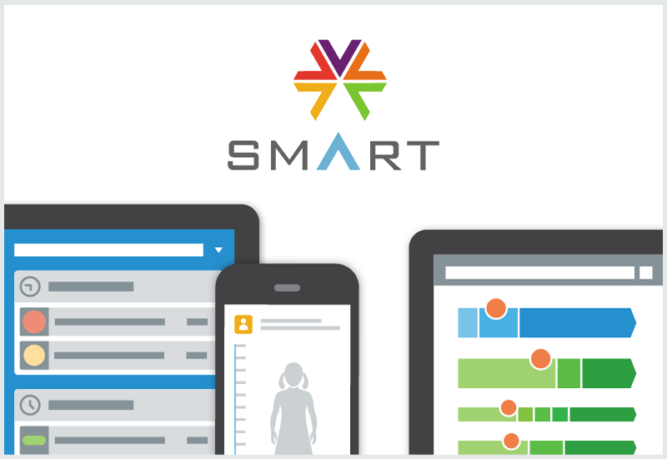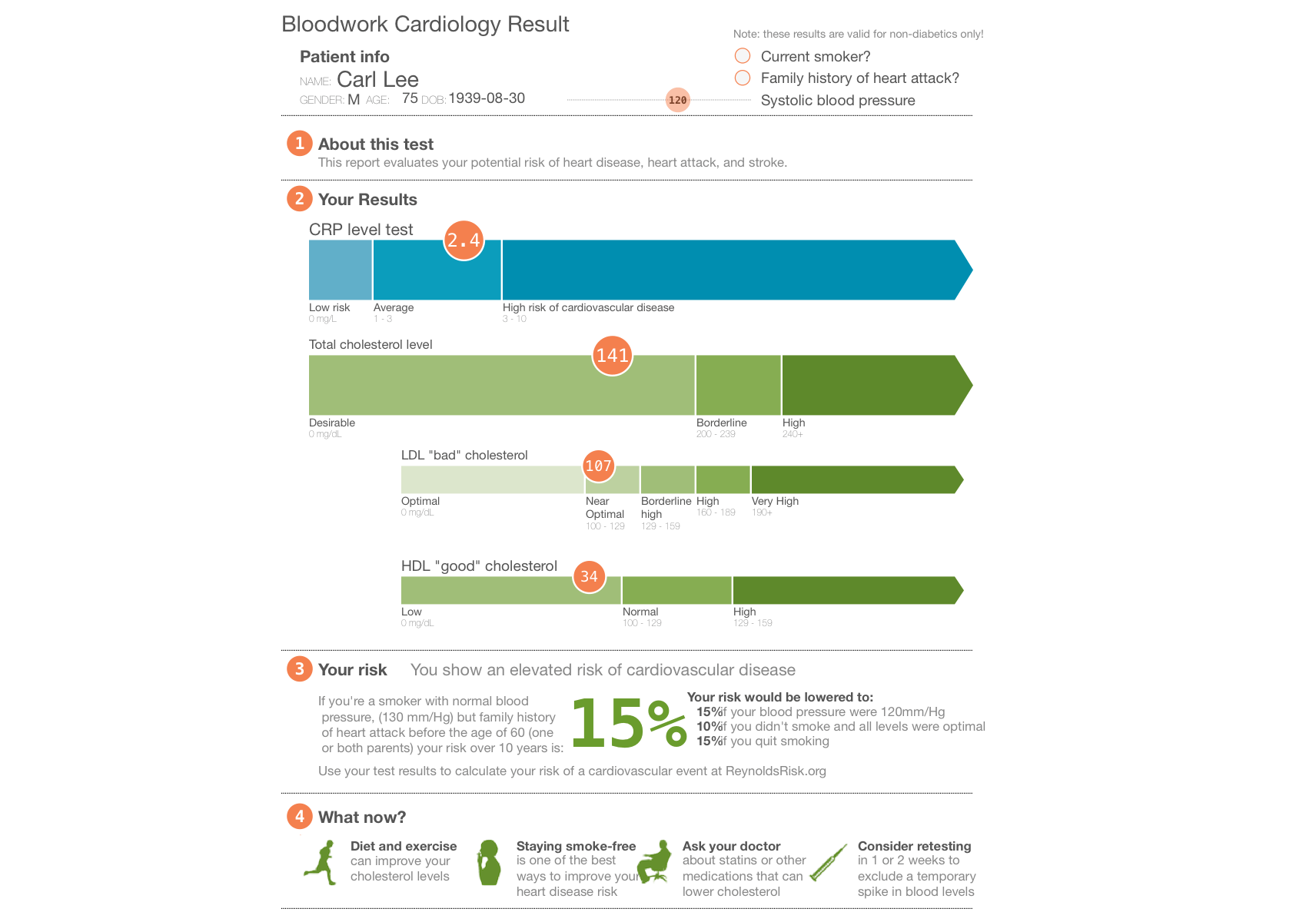
Apps have become so ubiquitous in the tech world that it’s hard to imagine using a smartphone or tablet without them. Think about all of the additional functionality that app developers add to your smart devices – the ability to bank, order an Uber ride, check when the next bus arrives, or throw on a Spotify playlist in a matter of seconds. The innovation brought forth by app developers has truly transformed the way we interact with our devices, making everyday tasks more convenient and enjoyable.
They transform a phone into an all-in-one device capable of so much more than just communication between two people.
On that note, it almost seems impossible to believe that the original iPhone didn’t have apps.
In fact, it wasn’t until the summer of 2008, shortly after the release of the iPhone 3G, that Apple launched their App Store. And on that launch day of July 11 there were only 500 apps available to download in the store. The number of apps available today? Over 2 million!
To be clear, I don’t think we are going to see 2 million SMART on FHIR apps. But SMART on FHIR is exciting for the same reason that smartphone apps are – they extend the functionality of the device. With the case of SMART on FHIR apps, that device is the EHR.
If you are unfamiliar with SMART on FHIR, here is the gist: SMART on FHIR is a set of open specifications for creating medical apps that integrate with electronic health records. These will be plug-in apps that are able to run natively inside any compliant major EHR.
If you are looking to learn more about EHR/EMR integration using FHIR, we suggest reading this article.
There are over 50 SMART on FHIR apps available right now. And unlike with the App Store, which is filled with many apps that just aren’t all that great or useful…or even work at all, just about every one of the SMART on FHIR apps available today serve a purpose – whether it’s assisting clinicians with their daily work or educating patients.
Today, we are going to highlight some of the coolest, most useful, and innovative SMART on FHIR apps that have been developed so far.
Without further adieu, here are the top 4 best SMART on FHIR applications:
- Duke Pillbox
- Cardiac Risk
- BP Centiles
- Smart Precision Cancer Medicine
Duke Pillbox
50%.
That’s the average adherence rate for treatments that must be taken 4 times a day.
Again, 50%. Needless to say, medication adherence is a major problem in healthcare. It’s also an expensive one, costing the industry over $100 billion each year. So how do we solve this issue?
The smart (or should I say, SMART) folks at DukeHealth have an idea. DukeHealth aims to make it easier for patients to manage complex medication regimens with their app called the Duke PillBox.
PillBox is an interactive learning tool where patients can drag and drop their medications, along with their prescribed dosages, into the appropriate time slot (i.e morning, afternoon, or evening).
The app is intuitive because it contains pictures for every pill and offers a “hint” button if patients are having difficulty remembering their dosages schedule.
Check out Duke Pillbox here.
Cardiac Risk
The Cardiac Risk app was developed by Boston Children’s Hospital. The app uses the Reynolds Risk Score to estimate the 10-year cardiovascular risk of an individual, based off of patient data such as family history of heart attacks, systolic blood pressure, and whether the patient smokes or not.
One of the coolest features of the app is the ability for the patient to adjust any one of these measurements or vitals and see how their risk score would be affected.
For example, a patient who smokes could see how much their Reynolds Risk Score would drop if they quit smoking.

The Cardiac Risk App uses the Reynolds Risk Score to estimate the 10-year cardiovascular risk of an individual.
Check out Cardiac Risk here.
BP Centiles
The BP Centiles app, another project by Boston Children’s Hospital, solves a very real challenge for clinicians: interpreting blood pressure measurements for children.
Typically this is a difficult task for clinicians because of the need to account for a body size that is constantly changing. As a result, it is incredibly time-consuming to perform all of the necessary data entry.
The app save clinicians time by calculating both systolic and diastolic blood pressure percentiles and normalizing them by age, sex, and height.
BP Centiles then uses visual cues so that clinicians can see at a glance if the readings are normal (shown in green), prehypertensive (yellow), hypertensive (red), or hypotensive (blue).
Check out BP Centiles here.
SMART Precision Cancer Medicine
There have been substantial leaps in our knowledge about the genetic mutations in tumors over the past few years. Referring to this era as “precision cancer medicine”, researchers now know, for example, that breast cancer or lung cancer are in fact several different diseases defined by their genetics.
While this new development in cancer research is exciting, it also means a huge increase in the cognitive workload for providers.
The SMART Precision Cancer app, developed at the Vanderbilt University Medical Center, aims to assists clinicians by allowing them to pull up contextual information about a particular patient’s cancer genome. The app pulls information from sources such as My Cancer Genome, Gene Wiki, and HemOnc.org.
Check out SMART Precision Cancer Medicine here.
Conclusion
So there you have it, the top 4 best SMART on FHIR apps. If you want to check out the complete list of apps that are available, head on over to the SMART on FHIR app gallery.
The Role Iguana Plays
Is your organization is looking to get started with FHIR? Iguana has the flexibility to allow SMART on FHIR applications to be built within it. These applications are able to connect to EMRs and EHRs and can be authenticated according to SMART standards.
To learn more about how Iguana can assist in connecting to EMRs and EHRs through the use of SMART on FHIR applications, contact us.
Additional Resources:
Visit our Resource Center to learn more about working with FHIR.
